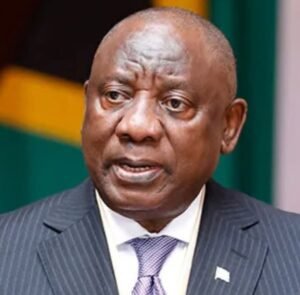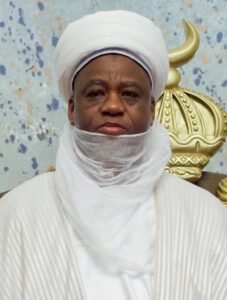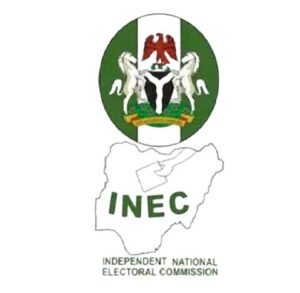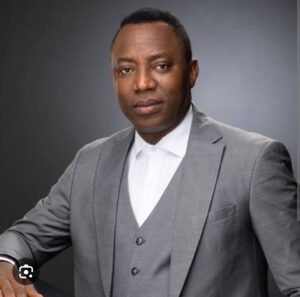10 Key Achievements of Obasanjo-led Peace Deal in Ethiopia

By Abdulrazaq Hamzat
On Tuesday, 2nd November, 2022, the government of Ethiopia and the Tigray People’s Liberation Front (TPLF) agreed to a “permanent cessation of hostilities”, effectively ending ten days of negotiations – led by the African Union and a civil war that began in November 2020.
Both parties in the conflict which has left over 600,000 dead and displaced millions in the northern region of Tigray, agreed to “orderly, smooth and coordinated disarmament” and “restoration of law and order”
After the outbreak of civil war in Ethiopia in 2020, a Non Governmental Organization, Foundation for Peace Professional also known as PeacePro counsel the Nigerian government on the need to make direct intervention in Ethiopia, saying the African Union (AU) and United Nations (UN) can’t do it alone.
In a statement dated 20th November, 2020, PeacePro stated that, Nigeria must take proactive steps to halt further destruction of the second most populous country in Africa, noting that the crisis needs the direct intervention of a capable African brother.
After almost 2 years of fighting, confusion and global conspiracy, Nigeria’s former President, Olusegun Obasanjo has successfully negotiated a permanent ceasefire between the conflicting parties.
Here are the 10 key achievements of Obasanjo’s Peace Deal in Ethiopia
1. The peace deal in Ethiopia was facilitated by Nigeria’s former President, Mr Olusegun Obasanjo, strengthening Nigeria’s role as African giant and affirming its peace building credentials.
2. Mr Obasanjo’s mandate is directly from the African Union (AU) Commission chairperson Moussa Faki, not with the involvement of any outside body or global vested interest.
3. The United Nations (UN), United States, European Union and others were completely excluded from the peace deal.
4. Despite the exclusion of UN and US from the peace process, they were invited to witness and observe the final deal signing as a sign of recognition.
5. In addition to excluding the European Union from the peace deal processes, the EU was equally barred from observing any of the processes, including the final signing, even though it is the AU’s largest donor. Why was EU barred from all of the processes, when US and UN were granted limited previlage to observe the final process?
6. Assessing reports of violations and adjudicating disputes will be at the discretion of Mr Obasanjo and AU commission chairperson, Mr Faki, which is a novel approach in the continent.
7. The agreement goes much further than a simple cessation of hostilities. It sets a blueprint for future relations between Tigray and the federal government, whose “constitutional authority” over the region is to be swiftly restored. Federal troops are to enter Mekelle, the region’s capital, and are to be stationed at its airports and guard highways and federal facilities. The Tigray Defence Force (tdf), established early in the war in response to occupation of Tigray by Ethiopian and Eritrean forces, is to be disarmed and demobilised within 30 days.
8. An “inclusive interim” administration will govern the region until elections are held. In effect that will mean the dissolution of the tplf-led regional government, elected in September 2020 in defiance of a federal government edict. It was this election that set the country on its path to war three months later when Abiy, furious at Tigray’s defiance of federal authority, massed troops on the region’s borders. This prompted the tplf to launch a pre-emptive strike on the central government’s forces.
9. Ethiopia’s unity and territorial integrity has been preserved through issue based negotiation by fellow African brothers.
10. All guns and bombs have gone silent and peacebuilding and reconstruction process is to begin immediately.
*Abdulrazaq Hamzat is an executive director at Foundation for Peace Professionals. He can be reached at discus4now@gmail.com*









